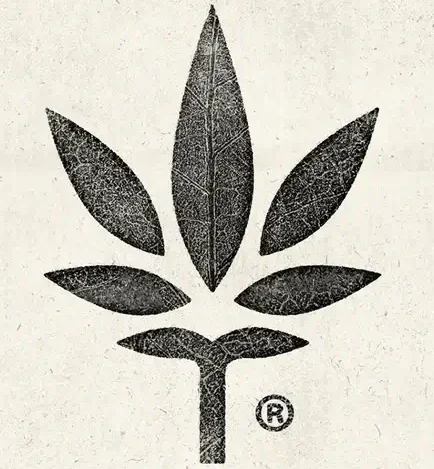Summary
SL-164, also recognized as dicloqualone or DCQ, is a compound that serves as an analogue of methaqualone. It was formulated in the late 1960s by a research team at Sumitomo. SL-164 shares comparable properties, including sedative, hypnotic, and anticonvulsant effects, with its parent compound. However, it was never introduced to the clinical market for medical applications.
| Identifiers | |
|---|---|
| IUPAC name | |
| CAS Number | 3476-88-8 |
|---|---|
| PubChem CID | 63386 |
| ChemSpider | 57049 |
| UNII | KQ54T3QL7X |
| CompTox Dashboard (EPA) | DTXSID60188313 |
| Chemical and physical data | |
| Formula | C16H12Cl2N2O |
| Molar mass | 319.185 g·mol−1 |

FAQ
1. What is SL-164, also known as dicloqualone or DCQ?
SL-164, often referred to as dicloqualone or DCQ is a chemical compound that serves as an analog of methaqualone.
2. How was SL-164 developed, and when did this occur?
SL-164 was developed in the late 1960s by a research team at Sumitomo, marking its origin during that period.
3. What are the primary properties and effects of SL-164?
SL-164 shares similar properties with methaqualone, including sedative, hypnotic, and anticonvulsant effects.
4. Was SL-164 ever marketed for clinical or medical use?
No, SL-164 was never introduced to the clinical market for medical applications. Despite its potential effects, it was not utilized for clinical purposes.
5. Is SL-164 legally available for use or prescription today?
As of my last knowledge update in January 2022, SL-164 is not recognized for any approved medical or therapeutic uses. The legal status may differ by country, and it is essential to be aware of local regulations.
6. Can SL-164 be obtained on the black market or as a designer drug?
Substances like SL-164 may be available on the black market or marketed as designer drugs in some regions. However, acquiring and using such substances may be illegal and risky, and it is essential to be cautious and informed.
7. Where can I find more information about SL-164 and its properties?
For additional information about SL-164 and its properties, you can refer to scientific literature, authoritative medical archives, and official drug enforcement agencies. Consulting with healthcare professionals can also provide insights and guidance regarding this compound.
References
In a US patent registered as 3651230, the document pertains to “Compositions And Methods For Tranquilizing With Substituted 3-Phenyl-4-Quinazolinone Derivatives.”
Research conducted in December 1969 by Saito C, Sakai S, Yukawa Y, Yamamoto H, and Takagi H focused on “Pharmacological studies on 2-methyl-3(2′-methyl-4′-chlorophenyl)-5-chloro-4[H)-quinazolinone (SL-164).” This study was published in Arzneimittel-Forschung, Volume 19, Issue 12, spanning pages 1945–1949, and can be referenced using PMID: 4985336.
